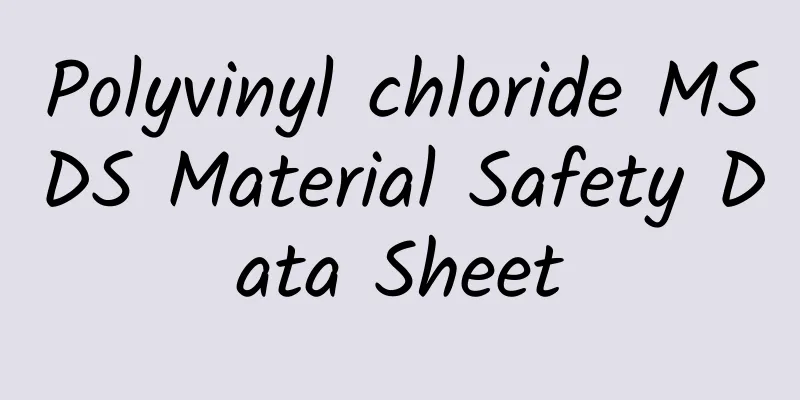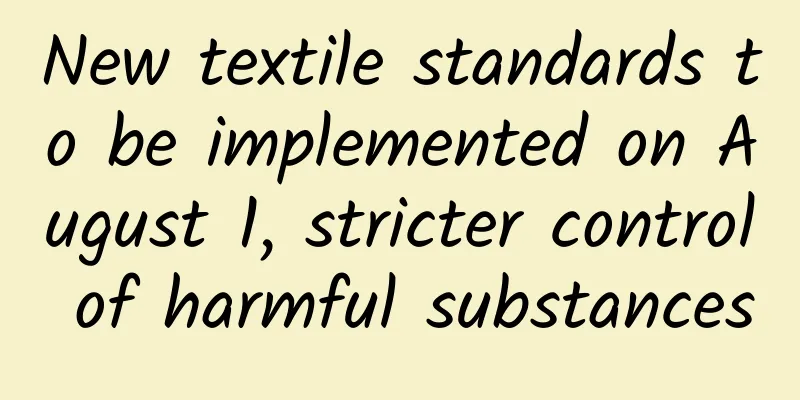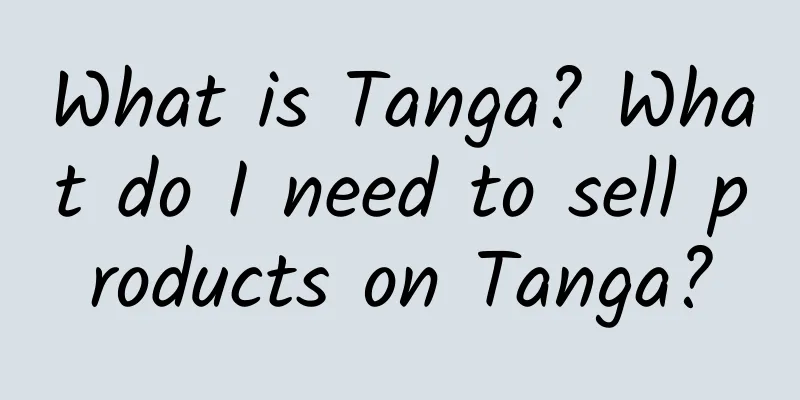Polyvinyl chloride MSDS Material Safety Data Sheet

| Polyvinyl chloride (high molecular weight) Material Safety Data Sheet (MSDS) Part 1: Chemical Name Chinese name of the chemical: polyvinyl chloride (high molecular weight) English name of the chemical: polyvinyl chloride English name 2 : PVC Technical Specification Code: 1310 CAS No .: 9002-86-2 Molecular formula: [C 2 H 3 Cl]n Molecular weight: Part 2: Ingredients / Composition Information Hazardous ingredients Content CAS No. Polyvinyl chloride (high molecular weight) 9002-86-2 Part III: Hazard Overview Hazard Category: Unknown Invasion routes: contact, inhalation, ingestion. Health hazards: Dust and vinyl chloride monomer may be produced during the production process of polyvinyl chloride. Inhalation of vinyl chloride monomer gas may cause anesthetic symptoms, and in severe cases, it may be fatal. Long-term inhalation of vinyl chloride may cause neurasthenia syndrome, digestive system symptoms, hepatosplenomegaly, scleroderma-like changes in the skin, and acroosteolysis. Long-term inhalation of high concentrations of vinyl chloride may cause hemangiosarcoma of the liver. Long-term inhalation of polyvinyl chloride dust may cause changes in lung function. Environmental hazards: It cannot be decomposed in the soil. Explosion hazard: This product is flammable. Part IV: First aid measures Skin contact: Take off contaminated clothes and rinse with running water. Eye contact: Lift the eyelids and rinse with running water or saline. Seek medical attention. Inhalation: Leave the scene to a place with fresh air. If breathing is difficult, give oxygen. Seek medical attention. Ingestion: Drink plenty of warm water and induce vomiting. Seek medical attention. Part V: Firefighting measures Hazardous characteristics: Powder and air can form explosive mixtures. When reaching a certain concentration, it will explode when encountering sparks. Decomposed by high heat to produce toxic and corrosive smoke. Harmful combustion products: carbon monoxide, carbon dioxide, hydrogen chloride. Fire extinguishing method: Move the container from the fire scene to an open area as much as possible. Fire extinguishing agent: mist water, foam, dry powder, carbon dioxide, sand and soil. Part VI: Leakage emergency treatment Emergency treatment: Isolate the leakage contaminated area and restrict access. Cut off the source of fire. It is recommended that emergency response personnel wear dust masks (full-face masks) and wear anti-gas suits. Avoid dust, sweep it up carefully, put it in a bag and transfer it to a safe place. If there is a large amount of leakage, cover it with plastic sheeting or canvas. Collect and recycle it or transport it to a waste disposal site for disposal. Part VII: Operation, disposal and storage Operation precautions: Closed operation. Closed operation, provide good natural ventilation conditions. Operators must undergo special training and strictly abide by the operating procedures. It is recommended that operators wear self-priming filter dust masks, chemical safety glasses, anti-toxic penetration work clothes, and chemical-resistant gloves. Keep away from fire and heat sources. Smoking is strictly prohibited in the workplace. Use explosion-proof ventilation systems and equipment. Avoid dust. Avoid contact with oxidants. Be gentle when handling to prevent damage to packaging and containers. Equip with appropriate types and quantities of fire-fighting equipment and leakage emergency treatment equipment. Empty containers may contain harmful substances. Storage precautions: Store in a cool and ventilated warehouse. Keep away from fire and heat sources. It should be stored separately from oxidants and should not be mixed. Equip with appropriate types and quantities of fire-fighting equipment. The storage area should be equipped with appropriate materials to contain leaks. Part VIII: Exposure Control / Personal Protection Occupational Exposure Limit China MAC (mg/m3) : No standard has been established MAC of the former Soviet Union (mg/m3) : 6 TLVTN : No standard has been established TLVWN : No standard has been established Engineering control: Closed operation. Provide good natural ventilation conditions. Monitoring method: unknown Respiratory protection: When the dust concentration in the air exceeds the standard, it is recommended to wear a self-priming filter dust mask. Eye protection: Wear chemical safety glasses. Body protection: Wear work clothes that can prevent toxic substances from penetrating. Hand protection: Wear gloves that can prevent chemicals from penetrating. Other protection: Smoking is strictly prohibited at the work site. Maintain good hygiene habits. Part 9: Physical and chemical properties Main ingredients: pure Appearance and properties: white or light yellow powder. pH : Melting point ( ℃ ) : No data Boiling point ( ℃ ) : No data Relative density ( water = 1) : 1.41 Relative vapor density ( air = 1) : No data available Saturated vapor pressure (kPa) : No data Heat of combustion (kJ/mol) : No data Critical temperature ( ℃ ) : No data Critical pressure (MPa) : No data available Logarithm of octanol / water partition coefficient: No data available Flash point ( ℃ ) : No data Ignition temperature ( ℃ ) : 780 (powder cloud) Upper explosion limit % (V/V) : 60 (g/m3) Lower explosion limit %(V/V) : No data . Solubility: Insoluble in most organic solvents. Other physical and chemical properties: unknown Main uses: used to manufacture tubes, rods, plates, films, hollow products and various industrial and agricultural products and daily necessities. Part 10: Stability and reactivity Stability: Incompatible materials: Strong oxidants. Conditions to avoid contact: Unknown Polymerization hazard: Unknown Decomposition products: Unknown Part 11: Toxicological information Acute toxicity: LD50: No data, LC50: No data Subacute and chronic toxicity: Unknown Irritation: Unknown Sensitization: Unknown Mutagenicity : Unknown Teratogenicity: Unknown Carcinogenicity: Unknown Section 12: Ecological Information No information Section 13: Waste Disposal Waste Disposal Method: Refer to relevant national and local regulations before disposal. Incineration is recommended. Mix with fuel and then incinerate. The hydrogen halide discharged from the incinerator is removed by an acid scrubber. Section 14: Transport Information Dangerous Goods Number: No information UN Number: No information Packaging mark: Packaging type: Z01 Packaging method: No data. Transportation precautions: The packaging should be complete and the loading should be safe at the time of shipment. During transportation, ensure that the container does not leak, collapse, fall or be damaged. It is strictly forbidden to mix and transport with oxidants. It should be protected from exposure to sunlight, rain and high temperature during transportation. Part XV: Regulatory information Regulatory information: Regulations on the Safety Management of Hazardous Chemicals (issued by the State Council on February 17, 1987), Implementation Rules of the Regulations on the Safety Management of Hazardous Chemicals (Chemical Labor Development [1992] No. 677), Regulations on the Safe Use of Chemicals in the Workplace ([1996] Labor Department Development No. 423) and other regulations have made corresponding provisions for the safe use, production, storage, transportation, loading and unloading of hazardous chemicals. Other regulations: Safety Technical Regulations for Polyvinyl Chloride Production (HGA006-83). Part XVI: Other information No data |
<<: Key points for special equipment factory inspection
>>: New fire protection issues in WCA factory inspection (2014)
Recommend
What exactly is RAF certification?
RAF (Responsible Animal Fiber) is translated as t...
How to deal with surprise on-site audits during factory inspections
How to cooperate with customers before factory in...
What problems will lead to a red result during the factory inspection?
1. Tolerance issues 1. Improve recruitment procedu...
What are the common problems encountered in FDA certification and CE certification?
Yesterday we learned what FDA certification is an...
TRU Counter-Terrorism Checklist
1) Factory Security Plan 2) Policy requiring docum...
Ann Taylor_Anti-terrorism factory inspection role
Ann Taylor_Anti-terrorism factory inspection role ...
Macys factory audit document list
What is the content of the Macys factory inspecti...
What is Seller Growth VAT like? What are the core services of Seller Growth VAT?
Seller Growth VAT (affiliated to Shenzhen Qianhai...
What are the things to pay attention to during VF factory inspection?
What are the precautions for VF factory inspection...
Application of BRC standards in food
Application of BRC standards in food The BRC stand...
Chai Point - India's "Colorful" Kiosk
What is ChaiPoint? Founded in 2010, ChaiPoint has...
What information is needed to register on the MyMall platform? What is the registration process on the MyMall platform?
MyMall is a product of Mail.Ru Group, the largest...
What are the features of AMZScout? How much does AMZScout cost?
What are the features of AMZScout? How much does ...
What is Higg, what is the Higg Index, and what is SLCP?
Higg A sustainability audit platform that helps y...
New zero points for BSCI- B7 Freedom of Association/Collective Bargaining and B8 Discrimination, Harassment and Abuse in 2013:
1. Does the company encourage workers to freely e...









